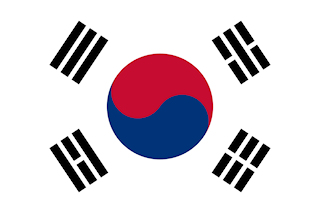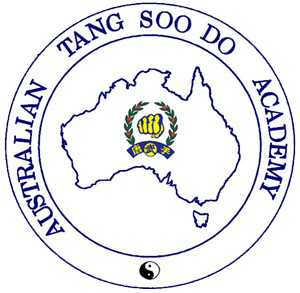

Korean martial arts developed approximately 2000 years ago when Korea was then divided into three kingdoms: Koguryo in the North, Paekche in the Southwest, and Silla in the Southeast. During this period, martial arts were very primitive until Korea was first unified under the Silla Dynasty (688-935AD). During the Silla Dynasty, the Hwa Rang Dan (flowering youth) warriors combined the philosophy of the monk Won Kwang, who was the originator of the principles of our own Tang Soo Do, with Soo Bahk Ki (the art of foot and body fighting) to form the traditional art of Soo Bahk Do.In 918 AD, the Koryo Dynasty was established and it’s militaristic rule strongly promoted martial spirit and development of the Korean martial arts. The Yi Dynasty (1392-1910 AD) followed and assured the continuation of Korean martial arts when the martial arts book, Mooye Dobo Tongji was written. During the Japanese occupation of Korea from 1909 to 1945, the Korean people were forbidden to practice martial arts resulting in many Soo Bahk Do practitioners going underground to secretly continue their training.
The man who developed Tang Soo Do Moo Duk Kwan, Grandmaster Hwang Kee (1914–2002) studied Tae Kyun (another Korean system not related to Tae Kwon Do) and Soo Bahk Do at the age of 22. In1936, he travelled to northern China where he studied a Chinese martial art called the Tang system and combined it with Tae Kyun and Soo Bahk Do. He then named the organization the Korea Soo Bahk Do Association, also known as Tang Soo Do and after World War II on November 9th, 1945, training restrictions were lifted and he established the Moo Duk Kwan where Tang Soo Do was taught.In 1965, the Korean Government established the Korea Tae Kwon Do Association in an attempt to unite the Korean Martial Arts under one name and develop the sporting aspects of martial arts. However, Grandmaster Hwang Kee and most Tang Soo Do practitioners chose to remain independent traditionalists rather than become part of the sport oriented Tae Kwon Do organization.The techniques of Tang Soo Do are based on the ancient Korean kicking style of Tae Kyun, and the soft flowing movements come from the northern and southern Chinese systems.
Tang Soo Do is a classical martial art with practical self-defence applications and its main goal is to develop every aspect of one self. The practitioner is aiming to become a balanced person who totally combines his intellectual mind with demanding physical training. This results in becoming a person who is in control of one self and able to deal with the outside world in a calm manner.
5 codes of Tang Soo Do
- Loyalty to your country
- Obedience to parents and elders
- Honour friendship
- No retreat in battle
- In fighting, choose with sense and honour
Tenets of Tang Soo Do
- Integrity
- Concentration
- Perserverance
- Respect and Obedience
- Self-Control
- Humility
- Indomitable Spirit
Eight Key Concepts of Tang Soo Do
- Yong Gi – Courage
- Chung Shin Tong Il – Concentration
- In Neh – Endurance
- Ching Jik – Honesty
- Kyum Son – Humilty
- Him Cho Chung – Control of Power
- Shin Chook – Tension Relaxation
- Wan Gup – Speed Control
